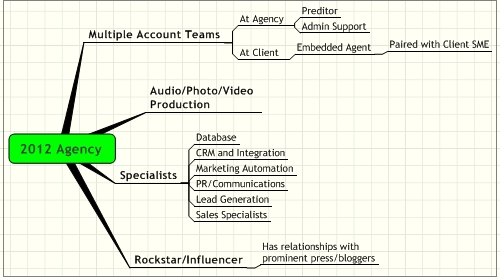I got an email this week that TomTom is doing a GPS running watch with Nike. This was the missing link from the Nike + system that got me to switch to the Garmin 305 a couple of years ago. That led me down a rabbit hole of trying to figure out if I wanted this upgrade. A big part of it is headphone review since there are tons of styles and model numbers. Hopefully some of my research and experience will help you.
To bring everyone up to speed I have two systems that I use for working out. For running on the treadmill indoors during the winter I am now using my iPad and the Jaybird Sportsband Bluetooth Headphones. I wanted to go bluetooth so that I didn’t have to worry about pulling the iPad off of the treadmill magazine rack. I had tried a similar setup with the Sony PSP, but could not find a good way to get the PSP to sit on the treadmill with the headphone jack coming out of the bottom (great for gaming, terrible for movie watching).
I just found out about the Jaybirds two weeks ago from Christopher S. Penn, who liked his. I had been looking at the previous Jaybirds, but they stopped making them. I also used the Sony DRBT160AS, bluetooth in ear headphones for about a year, using an in-ear bud for running is a strange experience and I found that they didn’t go as loud as I would have liked for watching movies. I also tried a set of Plantronics Backbeats that died the first time they got some sweat on them. I wouldn’t say the Jaybird Sportsbands are perfect, but they are the best I’ve found so far. They are big and clunky for sports headphones and they are tight on me (I have this problem with most headphones thanks to my fat head).
For running outdoors I have a different set of tools – I use the Garmin 305 GPS system to keep track of time and distance. This includes a chest strap since it is also a heart rate monitor. The 305 covers everything except music so I also bring an iPod Shuffle 2G and a set of Sennheiser PMX80 earphones. The Sennheisers are ok, again I have the problem of a fight that is tighter than I’d like and they were a tradeoff from my previous Nike earphones. The Nikes were lighter and fit well on me, but the sound quality was about as bad as it gets. The Sennheisers sound much better but they are heavier and tighter.
I was a fan of Nike + until I found out how inaccurate it was for me. I was doing a 5k race and found out that I was almost a tenth of a mile off, that’s really a back breaker to think you are in the final kick and then seeing the finish line still a 10th of a mile away. But now with the TomTom GPS and the fact that the Nike+ can grab data from a Polar Heart Rate Chest Strap, it is a possible alternative.
With the iPod Nano 6G I would have about the same music form factor, but it would also be Nike + enabled, capturing both GPS and heart rate data. Ultimately I’m still wearing the same amount of stuff, but my music would now be integrated into the system so that I could get audio feedback. The only problem is that only the headphones could go to the new system, I’d need the watch, the Nano, a band for the Nano, and a new chest strap – around $500 worth of stuff. Looks like I have my birthday list ready.
I’ve also decided that I want to compare existing headphones to some old classics. I considered the current MDR-AS35W but the Amazon ratings really beat on them. I remembered that my Sony MDR-W10 were lightweight and sounded great. I managed to find an unopened set of the successor MDR-W20G, which is very similar but the headband is plastic and wider. We’ll see how these stack up against the Sennheisers. It appears that if you like this style the current model is the MDR-W08L, which is dirt cheap, but most reviewers are saying things like “they are cheap but you’ll need 4 to get through a year because they break so often”.
Note: If you are into audio you may also be interested in my posts covering Shure, Sony and Bose headphones and how to get better sound out of your iPod if you are willing to cough up another $50.
